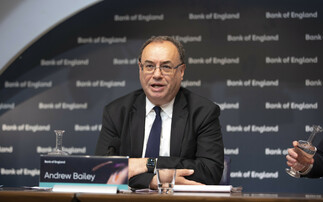
An allocation to fixed income may help investors navigate a potential recession as well as uncertainty around the Federal Reserve’s policy trajectory.
Through this year's changing market narratives - soft landing, overheating, and credit crunch - the underlying macro conditions have pointed steadily toward the same fundamental theme: Bonds are back.
Elevated macro uncertainty, a likely economic downturn, and higher yields that bolster return potential all may support a shift in allocation toward fixed income. Restrictive monetary policies are affecting global economies after long and variable lags, credit is tightening, and signs of breakage have started to appear in the financial sector. PIMCO's business cycle models forecast a recession in the U.S. later this year. How different asset classes will perform is likely to depend heavily on the severity of the recession (when or if it happens) and, crucially, on central bank behaviour.
As credit tightening reduces the need for monetary tightening, we believe the U.S. Federal Reserve (Fed) is likely close to the end of its hiking cycle, and that it will keep interest rates high while the U.S. economy slips into recession. What does this mean for portfolios? Our analysis of historical returns across asset classes amid Fed policy shifts provides a useful framework for portfolio positioning over the next 12 months.
Over the cyclical horizon, we believe bonds will meaningfully outperform equities. Yet equity markets have remained resilient thus far this year even as the earnings outlook has deteriorated. In our view, earnings expectations for the second half of 2023 and 2024 are still too high, and equity valuations appear rich across every metric we track. This reinforces our stance that investors should aim to be underweight equities, seek quality, and take advantage of the diversification, capital preservation, and upside opportunities available in bonds…
This post is funded by PIMCO














